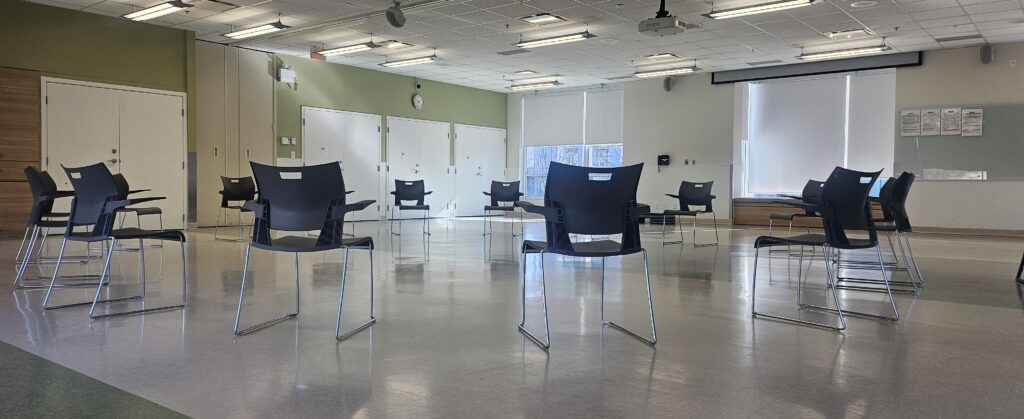This is posted on http://functionalfitness.martialgym.info

Key concepts and takeaways
- Key vulnerable points – head, tailbone / spine, wrist/knees and pointies 關鍵易受傷點 – 頭部、尾骨/脊椎、手腕/膝蓋和尖銳部位
- The “dirty” approach (Does not have to be perfect) – Threshold – the effect of the last pound. 20/80 rule
- Physical readiness – Circulation, Stretch, Strength, Neural (循環、伸展、力量、神經)
- Purpose driven training (有目的的訓練) – there is a difference between general fitness and preparation for falling
- ASAP method – Avoid 避免, Share/Spread 分散, Absorb 化解, Protect 保護
- Mindset preparations – you are worth it, the work is worth it, pay now or pay later, your love ones are worth it and you are the only one that can make a difference
Factors affect impact and therefore damage 影響衝擊嚴重度的因素
- body weight – 身體重量 (Shēntǐ zhòngliàng)
- distance to ground – 到地面的距離 (Dào dìmiàn de jùlí)
- speed and direction of travel at time of impact – 撞擊時的速度和方向 (Zhuàngjī shí de sùdù hé fāngxiàng)
- reaction speed – 反應速度 (Fǎnyìng sùdù)
- rigidity – 剛性 (Gāngxìng)
- spread over time and area
- impact area – 影響區域 (Yǐngxiǎng qūyù)
- awareness, preparation and choices 意識、準備與選擇
Exercises
- Warmup – wake yourself up mentally, wake up your muscles, do all these before leaving the house
- Stretch and Strength – 1) fingers and wrist, triceps (protect your wrist and face), 2) abs and neck (protect the head and tailbone), 3) thighs, hip and knees (to transition levels or rebalance) 4) calf, foot, ankle and toes (for rebalance)
- Neural – reprogram your reflexes, play games that need fast reflexes or coordination
Simulations and practical situations
- Sit down and stand up 坐下和站起 (Zuòxià hé zhàn qǐ)
- Falling forward 前倒 (Qián dǎo)
- Falling Backward 後倒 (Hòu dǎo)
- Recovery from tripping over 絆倒中恢復 (bàn dǎo zhōng huīfù))
- Being pushed from different directions 從不同方向被推動 (Cóng bùtóng fāngxiàng bèi tuīdòng)
- Off the line of fire 避開危險區域 (Bìkāi wēixiǎn qūyù)
- Change direction of fall 改變摔倒方向 (Gǎibiàn shuāidǎo fāngxiàng)
- Walking up and down stairs 上下樓梯 (Shàng xià lóutī)
- Getting up from a squat 從蹲下起身 (Cóng dūnxià qǐshēn)
- Picking something up from ground 從地上拾起物品 (Cóng dìshàng shí qǐ wùpǐn)
- Lowering yourself onto the floor 蹲坐到地板上 (Jiāng zìjǐ dūn zuò dào dìbǎn shàng)
- Getting up from a fall 從跌倒起身 (Cóng diē dǎo qǐshēn)
- Helping someone get up after fall 協助某人起身 (Xiézhù mǒurén qǐshēn)
ASAP Method
Avoid
- Prevent avoidable mistakes (e.g. clutter, medication, eyeglasses, rushing, etc) 防止可以避免的錯誤 (Fángzhǐ kěyǐ bìmiǎn de cuòwù)
- Avoid unnecessary risks (e.g. rushing, ice, ego, etc) 避免無謂的風險 (Bìmiǎn wúwèi de fēngxiǎn)
- Believe that there is something you can do about it 采取行动解决问题 (cǎiqǔ xíngdòng jiějué wèntí)
- Balance and re-balance 平衡及調整 (Pínghéng jí tiáozhěng)
- Take pauses 暫停片刻 (Zàntíng piàn kè)
- Improve strength, agility and mobility 加強力量、敏捷性和活動能力 (Jiāqiáng lìliàng, mǐnjié xìng hé huódòng nénglì)
Share / Spread
- Spread impact over bigger landing area (e.g. rolls) 將衝擊散佈到更大的範圍
- Spread the impact over longer time 拉長衝擊時間
Absorb and reduce
- Go with the flow, don’t fight it 順應動力
- Avoid amplification and perpendicular impacts
- Relax to absorb the impact 放鬆以吸收衝擊
- Free up the legs and move (physical and mental) 移動身體
- Avoid panic – play on the ground, go through simulations 避免恐慌 (Bìmiǎn kǒnghuāng)
Protect
- muscle tone 肌肉張性
- healthy bones and body weight 健康的骨骼和體重
- use of protectors (e.g. hip protectors, walkers, grab bars) 使用保護器具
- fall alerts to call for help 跌倒警報
